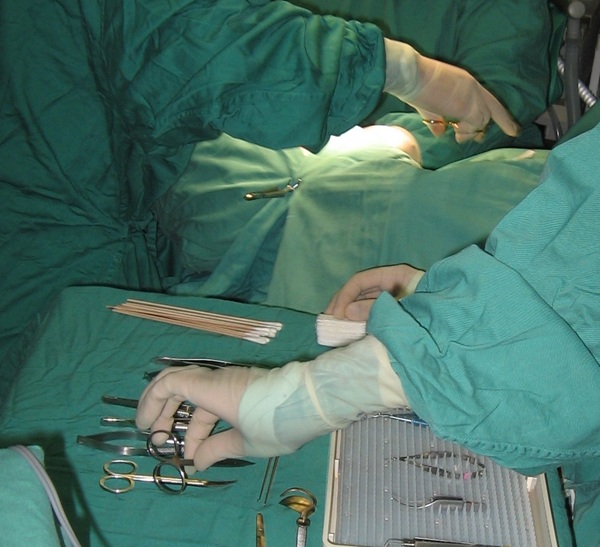Multilayered fresh amniotic membrane transplantation in resistant fungal corneal ulceration
Medical hypothesis discovery and innovation in ophthalmology,
Vol. 14 No. 2 (2025),
31 July 2025
,
Page 1-8
https://doi.org/10.51329/mehdiophthal1518
Abstract
Background: Resistant fungal keratitis is a major cause of corneal blindness, particularly in resource-limited regions where donor tissue is scarce. Amniotic membrane transplantation (AMT) offers potential benefits through its anti-inflammatory, anti-proteolytic, and epithelialization-promoting effects. This study evaluated the efficacy and safety of AMT for treatment-resistant fungal corneal ulcers.Methods: This prospective, single-arm study enrolled consecutive patients with microbiologically confirmed, treatment-resistant fungal corneal ulcers at Al-Azhar University Hospital, Damietta, between January 2022 and October 2023. All patients underwent standardized single- or double-layer AMT. Baseline and follow-up assessments included best-corrected distance visual acuity (BCDVA, logarithm of the minimum angle of resolution [logMAR]), ulcer size, anterior chamber reaction and depth, and presence of blepharospasm or pain (visual analog scale). Clinical evaluations were performed at baseline, 1 day, and 1, 3, and 6 months postoperatively. Treatment success was defined as complete resolution or significant improvement over 6 months.
Results: A total of 24 patients (mean [standard deviation] age, 59 [7.5] years; 3:1 male-to-female ratio) with resistant fungal corneal ulcers were studied. Most were rural residents (n = 17, 70.8%), and nearly half were farmers (n = 11, 45.8%). Common comorbidities included hypertension and diabetes mellitus. The median baseline ulcer area was 3 mm²; most ulcers were central (n = 10, 41.7%) or paracentral (n = 8, 33.3%), and 12.5% (n = 3) had perforations. At 6 months, significant improvements were observed: median BCDVA improved from 3.0 logMAR to 2.0 logMAR (P = 0.001), ulcers completely closed (P = 0.001), and the pain score dropped from 2 to 0 (P = 0.001). Anterior chamber reaction and blepharospasm also improved significantly (both P = 0.001). Overall, 91.7% (n = 22) achieved complete resolution or marked improvement, and two patients required further surgery. The results showed progressive benefits throughout the follow-up period.
Conclusions: AMT is a safe and effective adjunctive treatment for resistant fungal keratitis, particularly when corneal donors are scarce. The procedure promotes ulcer healing, relieves pain, and improves visual outcomes. Controlled trials are required to confirm these findings and refine patient selection.

- Abstract Viewed: 0 times
- Full Text PDF Downloaded: 0 times


